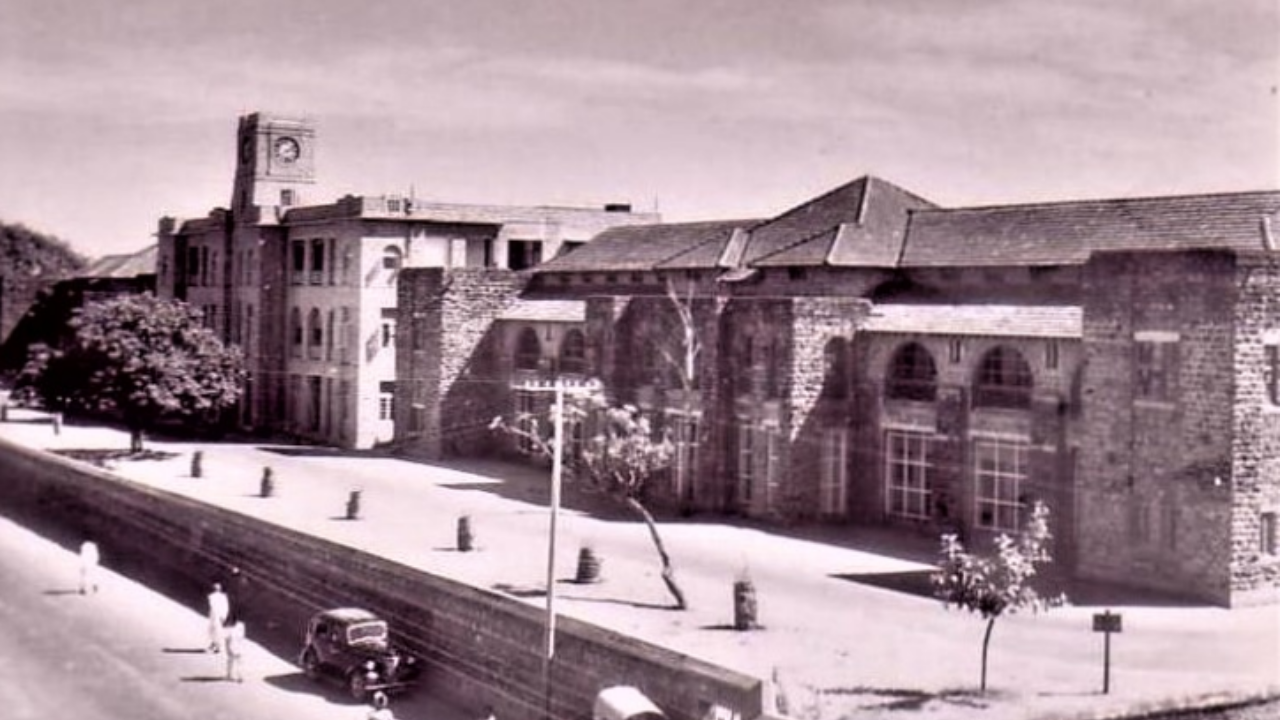Visakhapatnam is one of the oldest port cities on the eastern coast of India. Today, it stands as a major industrial and commercial hub, home to one of the largest ports in the country and a thriving economy. However, the foundations of Vizag’s modern infrastructure and economic growth can be traced back to the colonial era. Take a look at how colonial rule in Vizag shaped its growth.
1. Development of the Port

The British recognised Vizag’s strategic position along the Bay of Bengal and its natural harbour, which offered protection from harsh monsoon winds.
In 1926, the British initiated the construction of the Vizag port to serve both military and commercial purposes, The port became crucial for trade, facilitating the export of minerals (such as manganese and iron ore) and agricultural products.
It also served as a naval base for the British Royal Navy during World War II, reinforcing its strategic military significance.
2. Rail and Road Connectivity
In the late 19th century, the British extended the railway network to Vizag to facilitate the movement of goods and military supplies.
The East Coast Railway was developed to connect Vizag with other important cities like Calcutta and Madras (now Kolkata and Chennai).
The British also introduced well-planned road networks in Vizag to improve mobility and access to the port. Key colonial-era landmarks, such as the Waltair Railway Station, were designed to support the growing movement of people and goods.
The advent of railways brought an influx of British population to the city. Consequently, British-style residential colonies, administrative buildings, and civic infrastructure laid the foundation for Vizag’s modern urban structure.
3. Establishment of Educational and Administrative Institutions
Educational Institutions

The British set up several schools and colleges to train locals in English and administrative skills.
Schools such as Timpanny, St. Aloysius, and Queen Mary’s Girls High School provide a basic educational foundation for children.
Andhra University, established in 1926, became a prominent centre for higher education and produced a generation of skilled professionals who contributed to Vizag’s post-independence development.
Administrative Centers
British-established administrative buildings, such as the Collector’s Office centralised governance and contributed to better urban management.
The introduction of Western legal and bureaucratic systems streamlined governance and created a structured approach to urban planning.
4. Industrial and Economic Development
Trade and Commerce

The establishment of the port and railway network encouraged the growth of trade, especially in textiles, tobacco, and spices.
British trading companies set up warehouses and factories, attracting labour and boosting local employment.
Mining and Resource Exploitation
The British encouraged mining activities in the Eastern Ghats, particularly manganese and iron ore, which were exported through the Vizag port.
The mining industry created new employment opportunities and stimulated the local economy.
Naval and Military Establishments
Vizag’s strategic location made it an important naval base for the British Eastern Fleet during World War II.
The construction of military infrastructure, including barracks, shipyards, and defence installations, created a permanent economic and social impact on the city.
5. Architectural Legacy

British colonial architecture remains visible in Vizag’s older neighbourhoods, with landmarks like King George Hospital, St. Aloysius, and Ross Hill Church reflecting the city’s historical significance to the British Empire.
While British rule exploited India’s resources and widened economic disparity, colonial rule in Vizag also introduced infrastructure and institutions that laid the groundwork for its modern growth. Despite the lasting impact of colonial exploitation, Vizag’s rise as an industrial and commercial hub reflects how these foundations were transformed into drivers of progress.
Also read: History of Andhra University: A Legacy of Excellence and Innovation
Stay tuned to Yo! Vizag website and Instagram for more city-related updates.










Discussion about this post